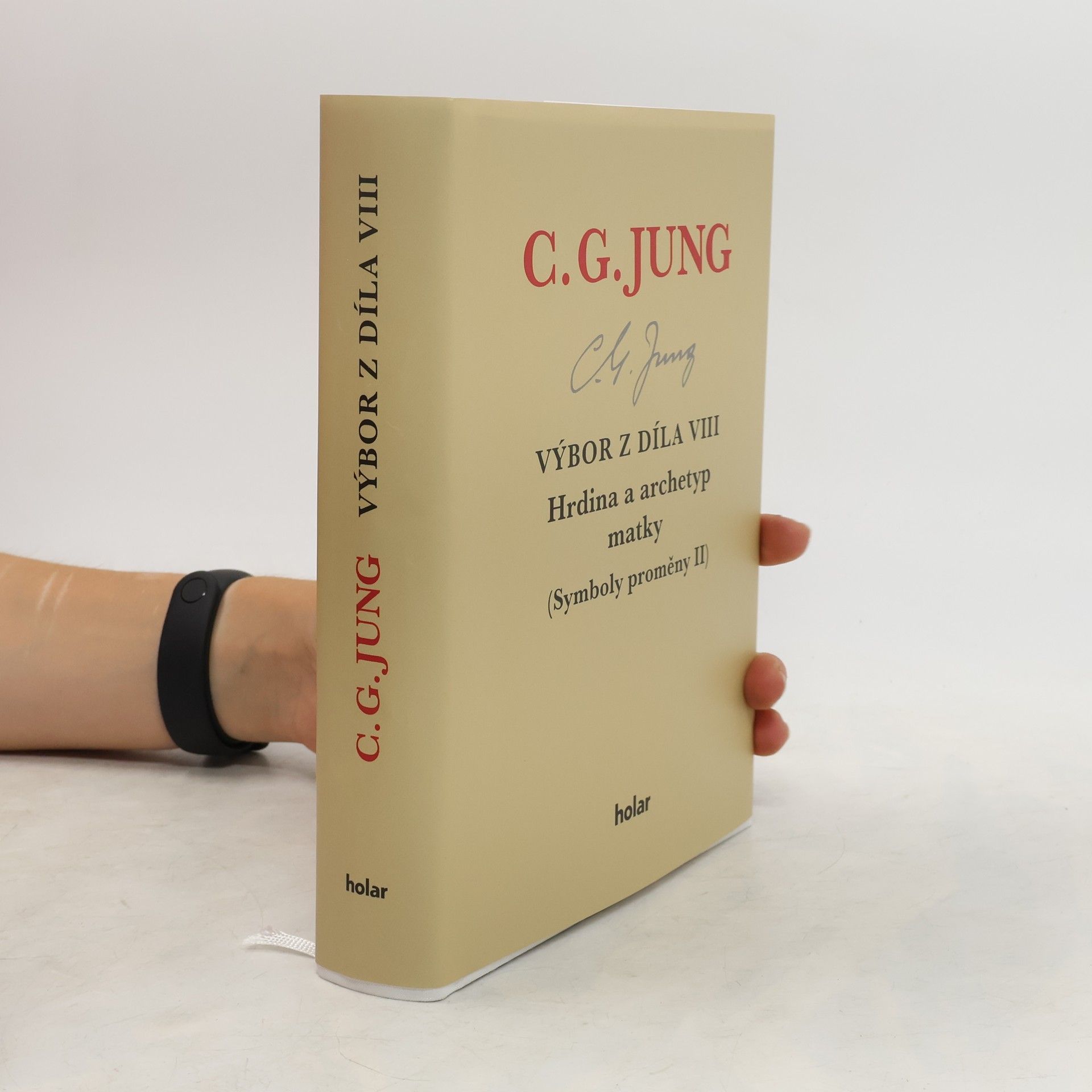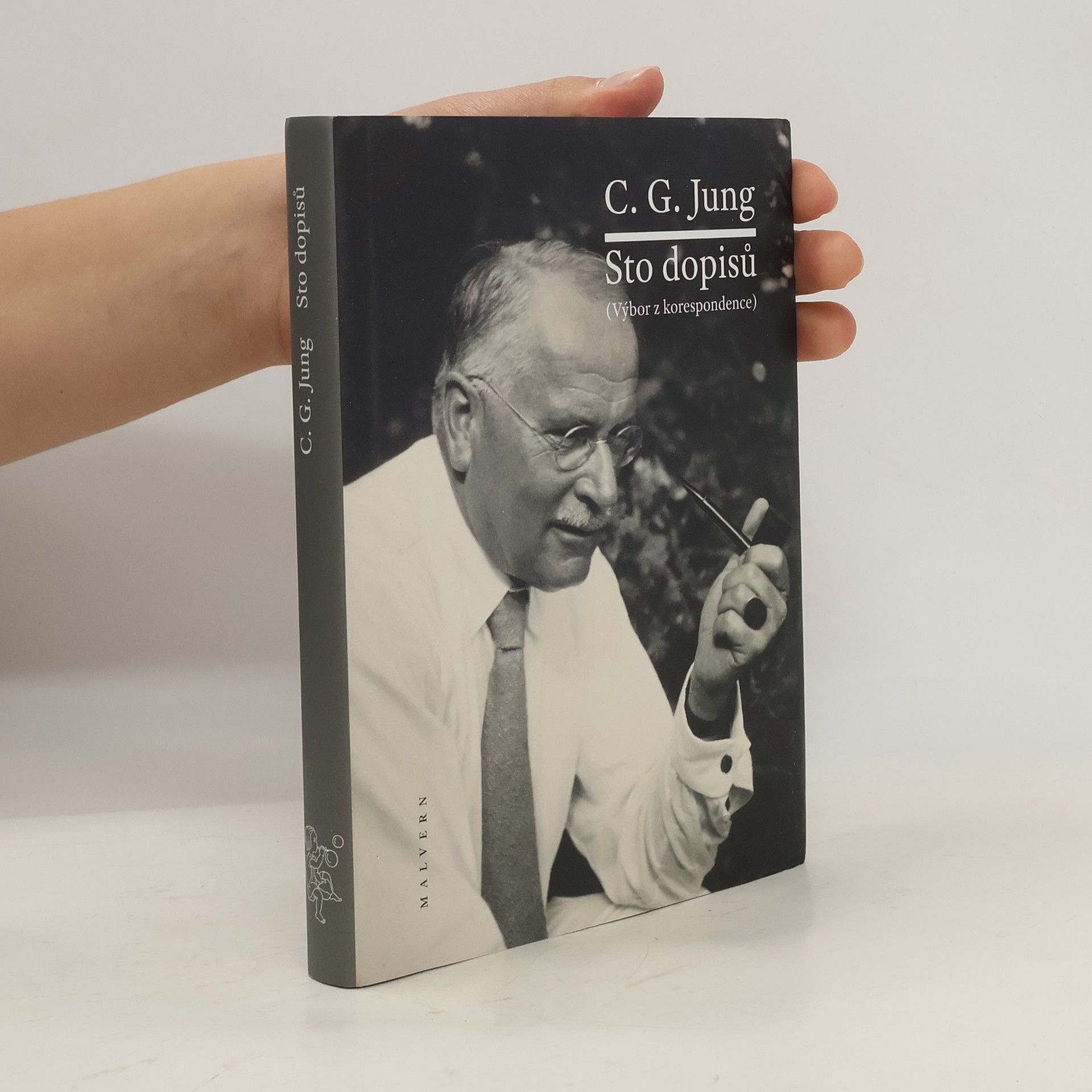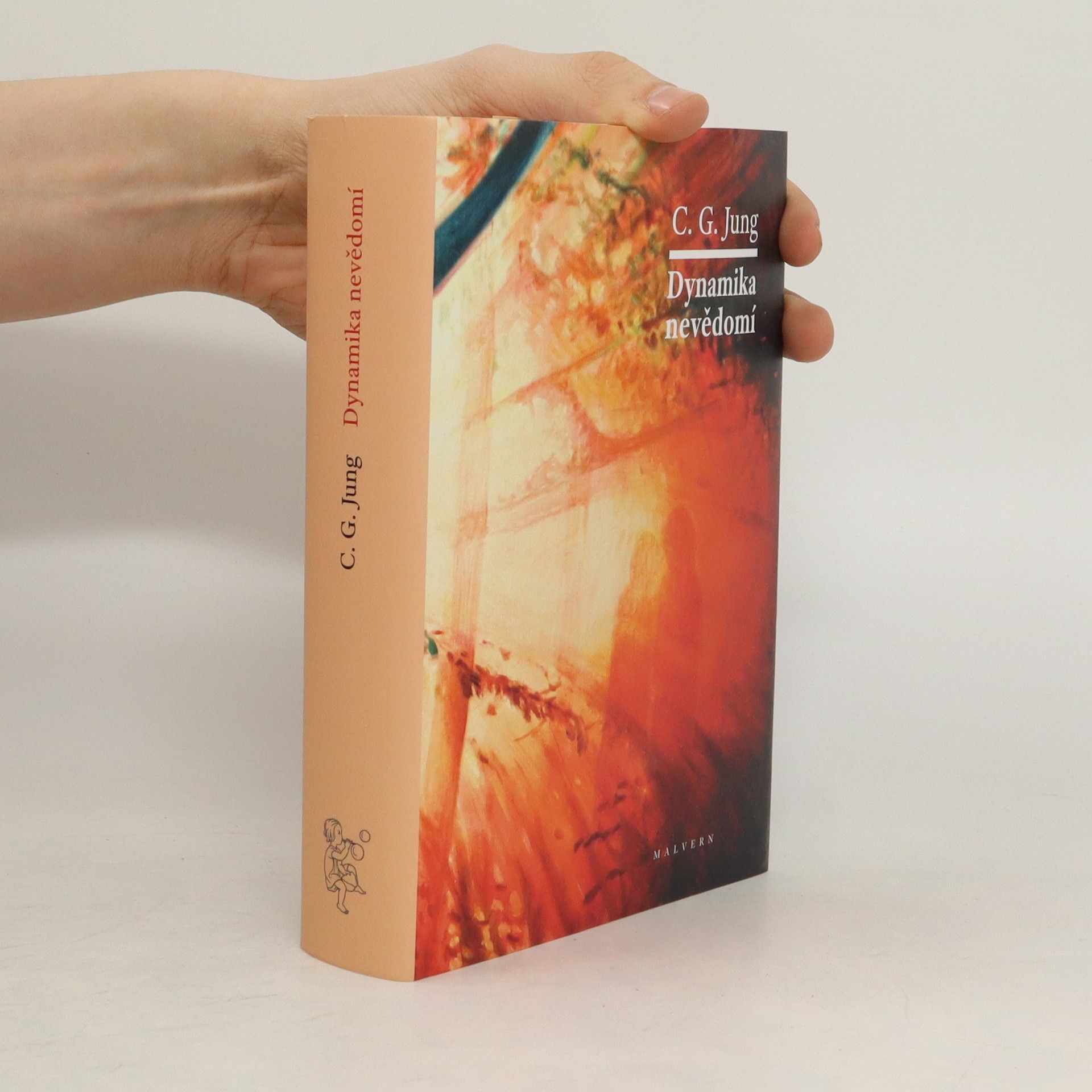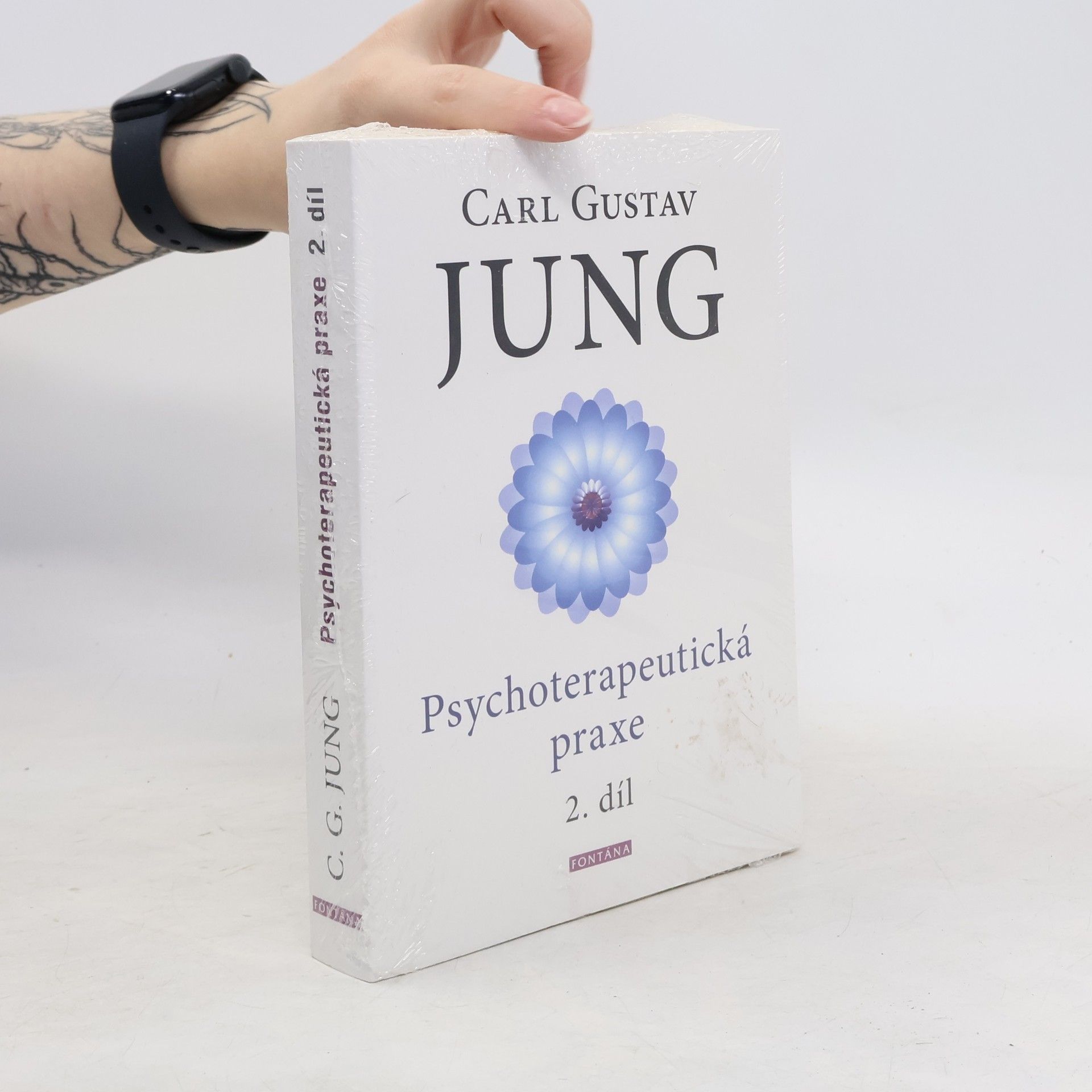Focusing on the innovative psychotherapeutic technique of active imagination, this book presents C. G. Jung's 1931 seminar that explores how individuals can consciously engage with their fantasies through artistic expression. Jung illustrates the connection between these creative outputs and the individuation process, drawing parallels with Eastern esoteric traditions like Tantrism and Kundalini Yoga. The lectures provide valuable insights into Jung's theories, emphasizing the significance of active imagination in modern art therapy and its roots in his earlier self-analysis documented in the Red Book.
Carl Gustav Jung Book order
Carl Gustav Jung was a Swiss psychologist and founder of analytical psychology. He developed key concepts such as archetypes, the collective unconscious, and individuation. His writing blends science, philosophy, and spirituality. Jung’s texts encourage self-reflection and the search for meaning beneath everyday experience.

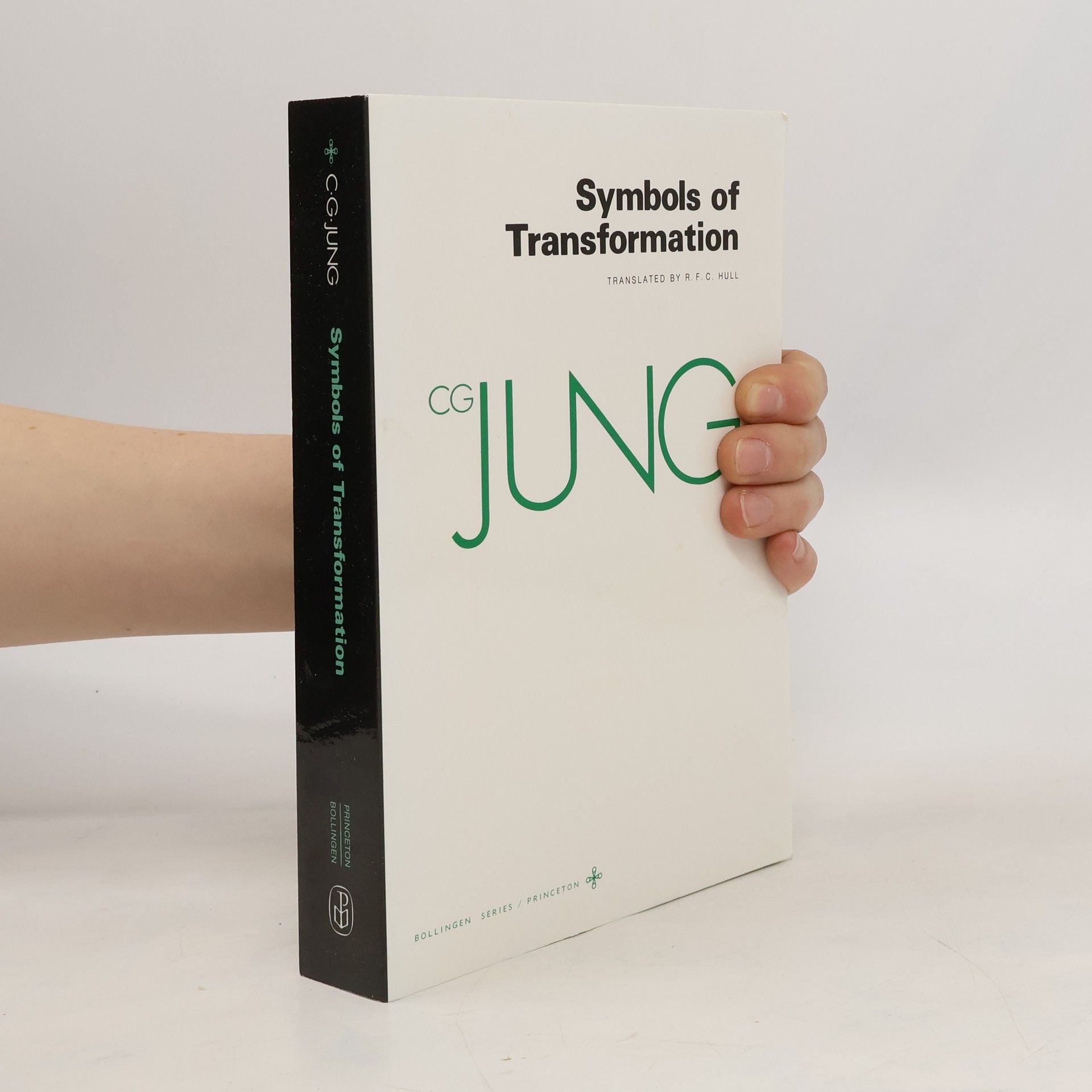





- 2025
- 2025
The book presents C. G. Jung's 1933 seminar on yoga's symbolism and its relevance to dream analysis, held during a politically charged time in Germany. It features insights from Indologist Heinrich Zimmer and explores Jung's engagement with Hindu traditions, particularly Tantric yoga. Jung examines a patient's dreams, emphasizing mandalas and their connection to various symbolic motifs, including alchemy and labyrinths. With an introduction by Giovanni Sorge, it highlights Jung's evolving understanding of Eastern thought and the individuation process during a pivotal period in his career.
- 2024
Švýcarský psycholog C.G. Jung (1875 - 1961), jeden z nejvýznamnějších myslitelů 20. století, je autorem rozsáhlého díla, jehož neoddělitelnou součástí je i jeho korespondence. Sto dopisů je prvním českým výborem z třísvazkových Dopisů (Briefe I - III) vydaných na počátku 70. let Anielou Jafféovou ve spolupráci s Gerhardem Adlerem. Mezi adresáty Jungových dopisů najdeme jména jako Sigmund Freud, Herman Hesse, James Joyce, Hermann Keyserling, Aniela Jaffé a mnoho dalších...
- 2024
Dynamika nevědomí
- 580 pages
- 21 hours of reading
Osmý svazek souborného Jungova díla zahrnuje převážně práce, které poskytují představu o zásadních poznatcích a podstatných pracovních hypotézách C. G. Junga. Šest článků pochází z knihy O psychické energetice a podstatě snů; Jung těmito spisy tehdy zaujal stanovisko k námitkám proti knize Proměny a symboly libida. Dokumentoval jimia rozpracoval svou teorii libida, kterou začal rozvíjet kolem roku 1912, ale dokončil ji až v roce 1928. Mezitím se ve stati „Pokus o předvedení analytické teorie“ vypořádal s Freudovými psychoanalytickými koncepty a zřetelně načrtl své vlastní zkušenosti a myšlenky. Všechny tyto práce tvoří vlastně předpoklad pro pochopení analytické čili komplexní psychologie. Pokud jde o teorii poznání, autorovo stanovisko poznáme především z „Teoretických úvah o podstatě psychična“. V této stati se zkoumaly pojmy „vědomí“ a „nevědomí“ v jejich historickém vývoji a v souvislosti s pojmem instinktu. „Synchronicita jako princip nepříčinných souvislostí“ je do tohoto svazku přibrána proto, že v ní jde o instinktivně, potažmo archetypálně podmíněné souvislosti, které nelze uchopit principem kauzality. Jde spíše o koincidence co do smyslu, které připojují k vědeckému chápání novou dimenzi. Nauka o synchronicitě prokazuje souvislosti mezi poznatky moderní fyziky a poznatky analytické psychologie v dosud málo prozkoumané a těžko přístupné mezní oblasti reality. Teoretickými koncepty se z empirického stanoviska zabývají kratší práce o světonázoru, skutečnosti a nadskutečnosti, duchu a životě, ba o víře v duchy. I to vše se autor pokouší fenomenologicky pojmout, aby to psychologicky prozkoumal. Kolem těchto tři hlavních spisů se seskupuji příspěvky tohoto svazku, které k nim tematicky náleží, jde zejména o kapitoly z knih O kořenech vědomi a Skutečnost duše a z knihy Duševní problémy současnosti.
- 2024
Der lange Fluss des Lebens
Weisheiten und Einsichten. Ausgewählt von Franz Alt
- 93 pages
- 4 hours of reading
C. G. Jung thematisiert in diesem Band die wesentlichen Fragen des menschlichen Lebens, angefangen beim Geheimnis der Geburt bis hin zu Grenzerfahrungen und der Auseinandersetzung mit dem Tod. Seine Überlegungen bieten tiefgehende Einblicke in die Herausforderungen und Aufgaben der zweiten Lebenshälfte, wobei er den Lebensverlauf als einen "langen Fluss" betrachtet. Jung lädt den Leser ein, sich mit den fundamentalen Aspekten des Daseins auseinanderzusetzen und die Suche nach Sinn und Versöhnung zu reflektieren.
- 2024
Traum und Traumanalyse
- 141 pages
- 5 hours of reading
Träume werden als bedeutende Botschaften aus dem Unbewussten betrachtet, die tiefes Wissen über die Seele offenbaren. C. G. Jung beschreibt sie als symbolische Ausdrucksformen, die zur Selbsterkenntnis und Orientierung in schwierigen Zeiten beitragen können. Sie reflektieren nicht nur den aktuellen Zustand des Selbst, sondern stehen auch in Verbindung mit der Lebensgeschichte und können zukünftige Entwicklungen antizipieren. Dieser Auswahlband bietet zentrale Beiträge von Jung zur Psychologie des Traumes, dessen Wesen und zur praktischen Anwendung der Traumanalyse.
- 2023
Salt and the Alchemical Soul
- 156 pages
- 6 hours of reading
Edited and introduced by STANTON MARLAN, Salt and the Alchemical Soul is a collection of three papers from Freudian, Jungian, and Archetypal Psychology, newly edited and introduced, providing excellent examples of different methods and styles of working with images. ERNEST JONES, in his essay "The Symbolic Significance of Salt in Folklore and Superstition," attempts to apply psychoanalysis as a "new science" to an understanding of superstition. C.¿G. JUNG's investigation into alchemy in "Sal" leads him to see salt as the principle of Eros at the base of the self. JAMES HILLMAN, using the image of salt, looks into the alchemical way of psychologizing, in "The Suffering of Salt." (Second, revised edition)
- 2023
Psychoterapeutická praxe 2. díl
- 494 pages
- 18 hours of reading
Příspěvky k problému psychoterapie a psychologie přenosu. • Terapeutická hodnota odreagování • Praktická použitelnost analýzy snů • Psychologie přenosu • Růžová zahrada filosofů aneb série obrazů Rosarium philosophorum jako základ představy fenoménu přenosu 1. Merkurova studna 2. Král a královna 3. Nahá pravda 4. Ponoření v lázni 5. Coniunctio 6. Smrt 7. Vzestup duše 8. Očista 9. Návrat duše 10. Nové zrození
